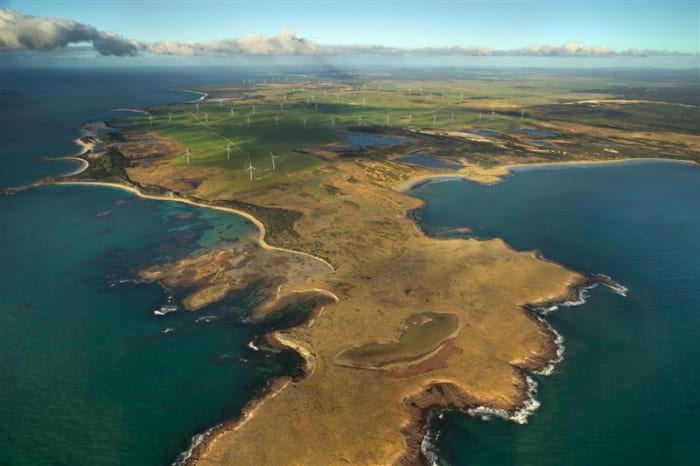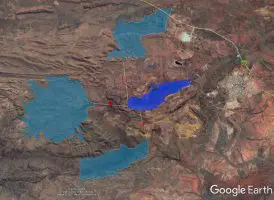Energy consumers in Tasmania – already facing a trebling in wholesale electricity prices since the state lost its grid connection to the mainland, now face yet another trebling in prices as the government turns to highly expensive diesel gen-sets to protect its rapidly depleting hydro resources.
The Tasmania government late Friday announced it would turn to diesel gen-sets to ensure the lights would not go out and was ordering at least 200MW of containerised diesel generators to be installed as hydro levels continue to fall and the repair to the Basslink cable to the mainland is further delayed.
Tasmania enjoys among the cheapest costs of wholesale energy in the country when it relies only on hydro and wind energy. But prices doubled to around $90/MWh when it decided to import 40 per cent of its needs from Victoria in the face of the driest spring on record which forced hydro levels to fall to near record levels.
That cost rose further to more than $110/MWh when the Basslink cable failed in December, and the government had to accelerate its plan to bring back its Tamar Gas power station into production.
That has brought back 280MW of gas capacity into production, and Hydro Tasmania is now planning to add another 75MW of gas and up to 200MW of diesel power in “containerised diesel generation.”
The cost of diesel generation is expected to be at least $300/MWh and may be more. As some diesel was switched on at the weekend, the average price of electricity jumped to more than $160/MWh on Friday and Saturday. This compares to prices of around $40/MWh last summer.
The situation is highlighting the fact that wind energy and solar energy would have provided much cheaper power, and obviously much cleaner power, except the state authorities have passed up opportunities to accelerate the deployment of those technologies, despite having a large hydro resource to act as a battery.
Tasmania has the best wind resource in the country, with capacity factors of more than 40 per cent, but only has just over 310MW of capacity in a grid with average demand of around 1000MW.
It would cost $80/MWh at most for wind power. And while the government is now prepared to pay more than $300/MWh for diesel, it is offering less than $60/MWh for the output of rooftop solar, a decision that has considerably slowed the installation of rooftop solar in the state.
Energy efficiency is another largely ignored element. Two of the major power users – Bell Bay and Temco – have each offered to reduce demand by around 30MW,
Alan Pears, an energy expert from RMIT, says Tasmania is among the least efficient regions in Australia, and the use of imports, gas and diesel is pushing the marginal greenhouse gas emissions for the state up to mainland levels. “So Tasmaina is NOT a low electricity emission state at the margin” any more, Pears noted.
The Basslink repairs were due to be completed in mid March, but the company said over the weekend it could no longer provide a date because it hasn’t been able to locate the fault.
“Basslink has today advised the Tasmanian Government and Hydro Tasmania that it will take longer than expected to locate and repair the fault as it is proving far more difficult to narrow the fault area than anticipated,” it said in a statement.
“The lack of an external visual of the cable fault due to the silty and sandy seabed conditions has also contributed to the longer period.”
Opposition Labor Leader Bryan Green said the cost to Hydro Tasmania of using diesel generation would be enormous. “The cost of diesel generation will be astronomical on a month-by-month basis, which will put enormous pressure on the finances of the state and of course the consumers,” he said.










